As IT landscape is changing from in-house systems and servers to cloud ones, server monitoring has become an essential task. Without server monitoring, it’s not possible to detect issues in memory, operating systems, storage drives or applications. Server monitoring is vital to know what went wrong and what was the cause behind the problem.
What is Server Monitoring?
Server monitoring is the process of checking the activity of your servers, whether virtual or physical. A server is a device that stores and processes information provided to other applications, devices or users-on-demand. Most of the server environments work similar to stand-alone computers, except a few differences.
The main difference is that instead of being accessed by one user, there are multiple users that access the server for different purposes such as data analysis, saving data, creating and deleting files, printing, using applications, internet, or virtual desktop environment. VirtualMetric server monitoring tool can be used for monitoring the status of multiple servers.
Having a single tool for monitoring your servers makes it easier to check the status of each server without having to switch between different tools and applications. Moreover, it also allows you to get real-time accurate status of every server with remote server monitoring option with one window.
You also get additional flexibility to ascertain the types of resources required for monitoring each server. For example, you may only need to monitor a drive storage space on network storage server that is used for data backup. Alternatively, on a server with different applications, you may need to monitor memory, systems and other resources.
What Types of Resources can be Monitored?
The type of resources you can monitor depends upon the applications and monitoring tools you use. Server monitoring services let you monitor real-time data on numerous resources including, but not limited to, the following:
- Memory utilization
- CPU utilization
- Network adaptor status
- Storage utilization
- System errors
- Disk utilization
- Event logs
- Operating system file changes
Additionally, you can also configure server monitoring tools to see the status of resources such as whether they are running properly, what alerts are showing up that, when they can become major issues, and what critical errors and alerts are running that may need your immediate attention.
The Value of Server Performance Monitoring
It’s always recommended to undergo ongoing server performance monitoring to avoid damaging and costly server downtime. Maintaining performance with tools such those by Virtual Metric serve as a valuable intervention to preserve your server’s integrity and related application software tools that exist in the stack.
The value of server performance monitoring is delivered by its regular oversight of the key performance factors. It provides benefits such as:
- Detecting issues as soon as they arise
- Protecting client information and critical data
- Controlling the risk of server failure
Detecting Issues as Soon as They Arise
This is particularly of significance to software engineers familiar with stack architecture. Problems in your applications or server operation systems that are seemingly small can grow into bigger problems and escalate very quickly. It’s important that these problems are detected quickly to avoid the aftermath.
With a server monitoring program that is well in place and implemented properly, we can get greater visibility to be able to instantly identify and resolve system issues as soon as they are detected. However, in a virtual server environment, it is very difficult to track the performance of your applications and related environment.
Protecting Client Information and Critical Data
With every business moving to cloud, it is highly likely that your organization has a large amount of customer-related data stored on your servers. Securing and safeguarding end user data is vital for every organization. In case of a data breach or loss of customer data, IT downtime costs are further aggravated with regulatory costs.
According to a report by IBM and Ponemon Institute in 2020, an average data breach today costs nearly $4million dollars. It also indicates that this amounts to a 10% increase in data breach costs in the past five years. A well-maintained server ensures more security and provides appropriate safety of sensitive customer data.
Controlling the Risk of Server Failure
Small issues in the server may not cause problems upfront, but they keep up adding with time. These issues and software bugs can result in inefficiencies such as coding errors, software problems, and inapt heat management. These problems can lead to the risk of server failure. The importance of server monitoring cannot be stressed enough.
The end goal is to prevent expensive server crashes. It is imperative to use the right tools that provide all these benefits along with others to help in the process. With server performance monitoring services by VirtualMetric, your organization can quickly deal with small issues in the server and prevent bigger issues from arising at all.
Server Monitoring Best Practices
Here are some best practices of performing server monitoring:
- Set up a clear and visual representation of your data and metrics that represent your servers.
- Set up well-structured, detailed alerts that are actionable and clear to the person who receives them.
- Monitor your server from different resources at the same time to avoid false positives
- Aggregate your server monitoring with skilled resources who know how to use the tools.
- Use a powerful monitoring tool instead of trying to build your own program.
- Don’t rely on people to log in themselves and check. Instead, make use of alerts.
- Don’t rely totally on emails to send alerts as they often get ignored. Sending alerts through a performance monitoring application increases the chances of alerts being read.
The Right Tools to Aid Your Process
The right tools for your server monitoring process are the ones that provide value to your process. VirtualMetric analyzes your applications contributing to the IT framework and gives you the capacity to monitor a wide range of performance metrics to take appropriate action before any errors become uncontrollable.
VirtualMetric server monitoring tool helps analyze your processor, memory, datastore and network usage. It also provides metrics such as read/write latency, read/write throughput, and IOPS usage. Our performance reports are a powerful tool that helps system engineers achieve incredible stability and performance of their operating systems infrastructure.

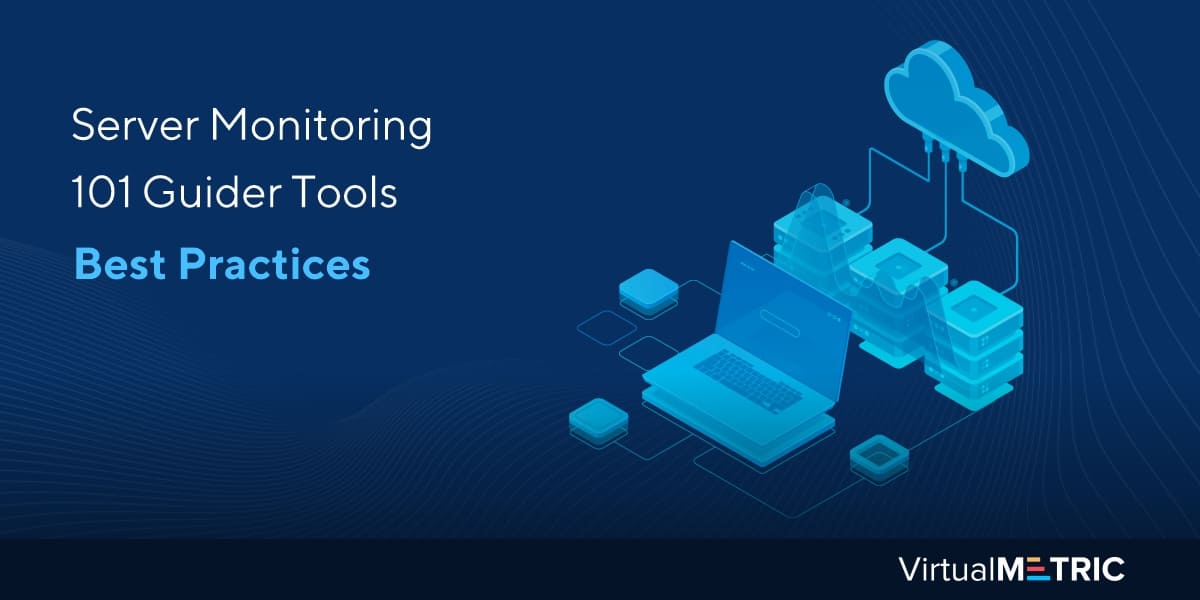
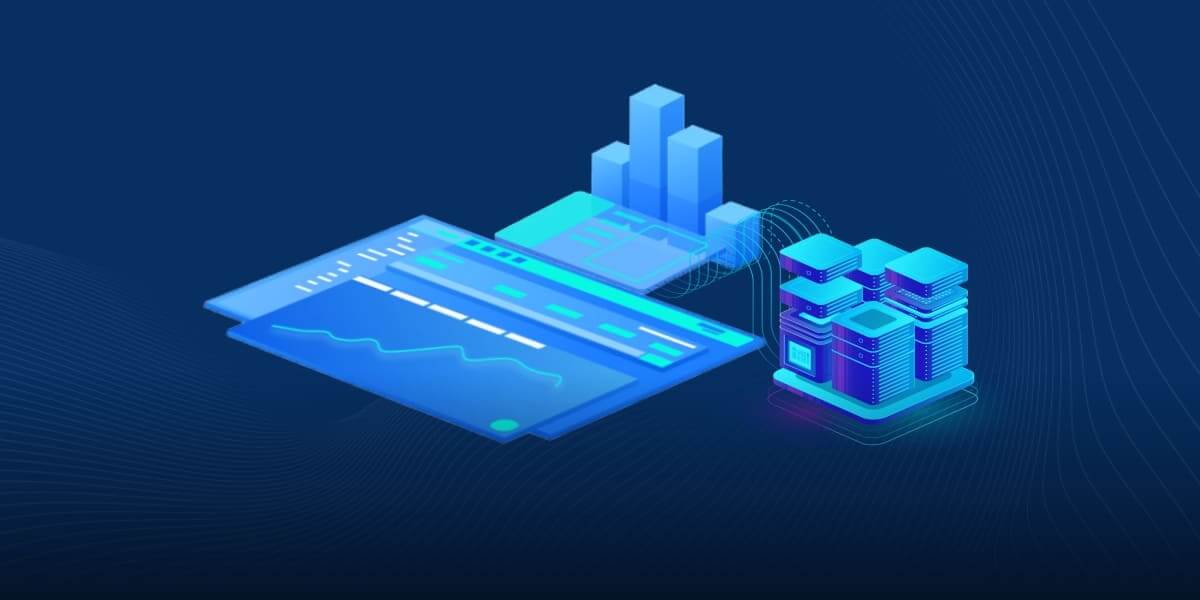
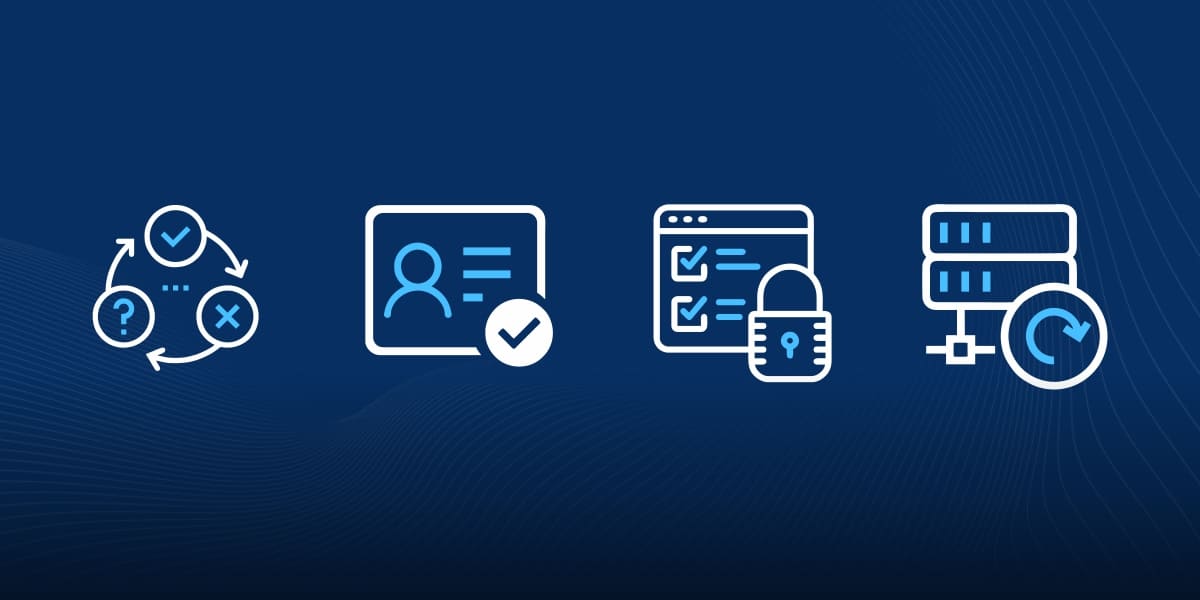
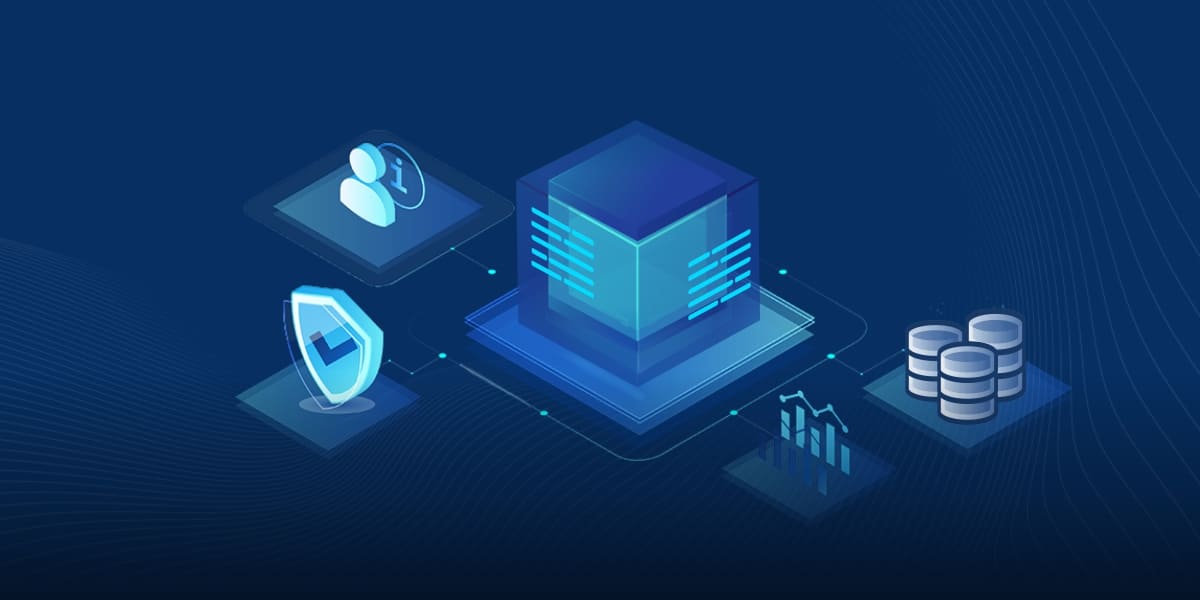
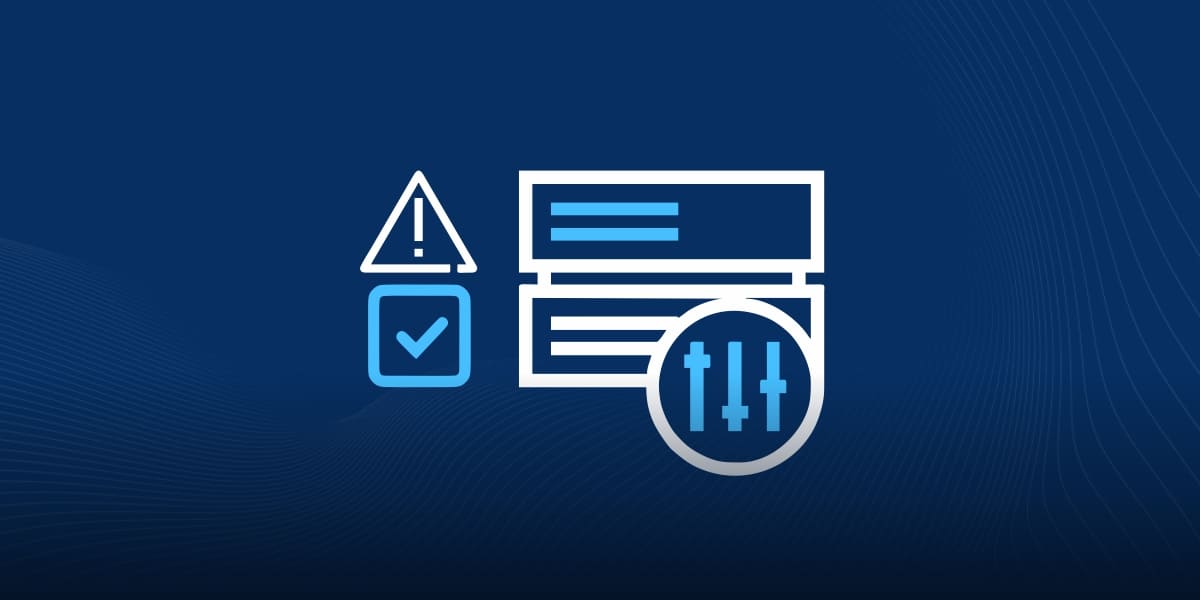
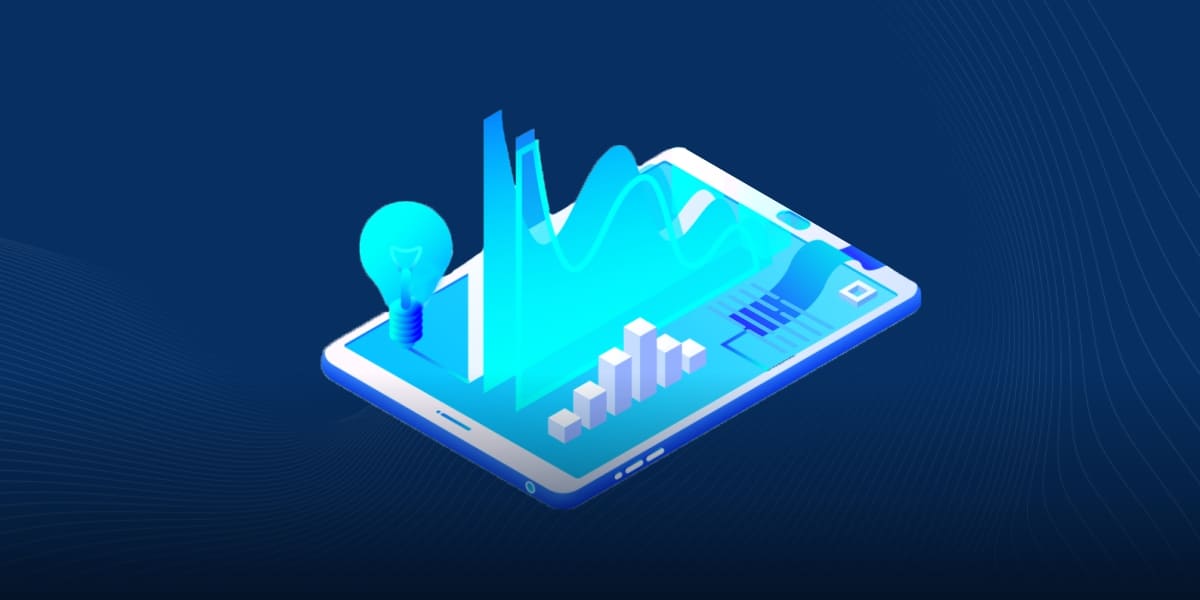
Leave a Reply